250 years of Bath’s Royal Crescent: From Druidic influences to big screen fame
2017 marks 250 years since the first foundation stone was laid.
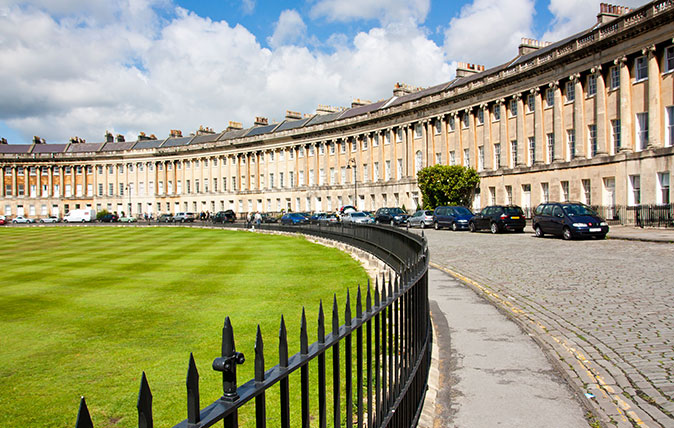

The first foundation stone for the Royal Crescent in Bath was laid on 19th May 1767. It would take a further eight years for the construction to be completed according to the design of John Wood the Younger.
One of Britain's greatest architectural landmarks, this semi-ellipse of thirty Grade I listed houses arranged around a great lawn remains one of the most impressive representations of architectural innovation – and was one of the reasons why Bath was awarded its UNESCO World Heritage status in 1987.
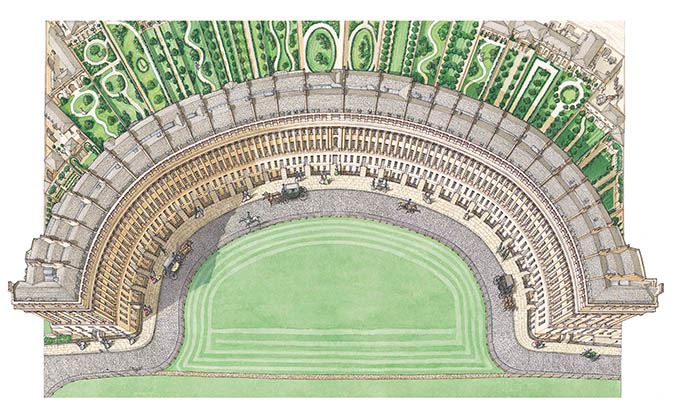
"The Royal Crescent is one of the supreme expressions of the idea—widely explored in the development of British cities during the 18th century—that numerous houses can be integrated to monumental effect," explains Country Life's Architectural Editor, John Goodall.
"Its curving frontage, comprising thirty houses and with the ends set 540 feet apart, is of palatial proportions and punctuated by 114 columns. The design of the elevation is of a Roman theatre turned inside out.
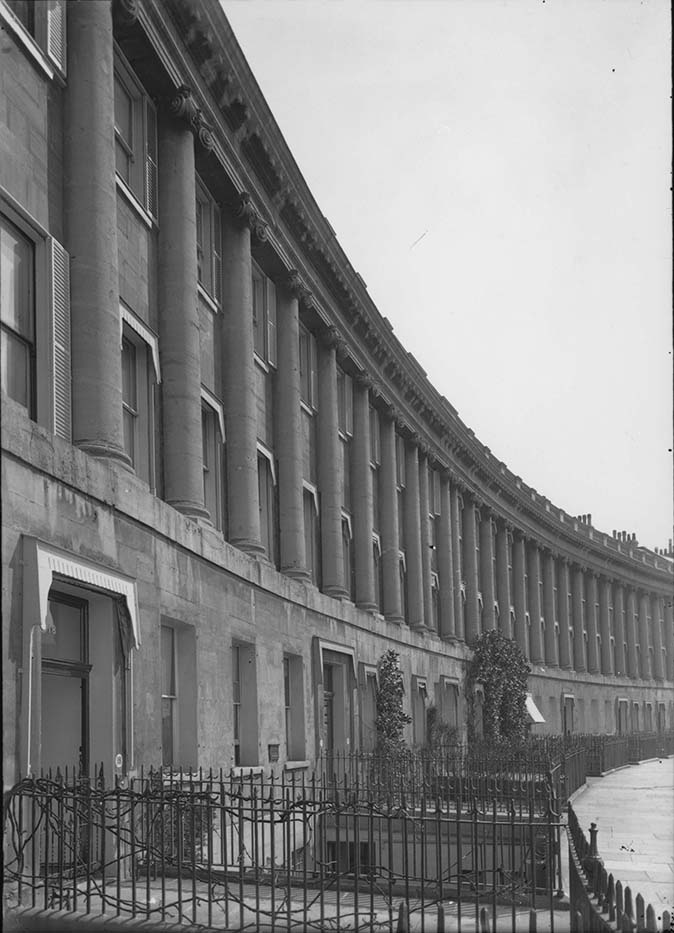
"No less significant is the outward-looking character of the design, formerly overlooking a rural prospect; this was in effect a terrace of country houses.
"It’s important to acknowledge that the Royal Crescent was also heir to the architectural ideas of Wood the Elder, whose ideas — absurd and fantastical as they may seem today — about the Druidical past did so much to shape the splendours of modern Bath."
The design concept reflects an idealised view of architecture which was believed to have been lost. The Royal Crescent is therefore in part an attempt to recapture the simplicity and purity of architecture of both the Romans and the Druids - with Stonehenge at the time often believed to have been a Roman construction, thanks to a misinterpretation by the 17th century writer Inigo Jones.
Exquisite houses, the beauty of Nature, and how to get the most from your life, straight to your inbox.
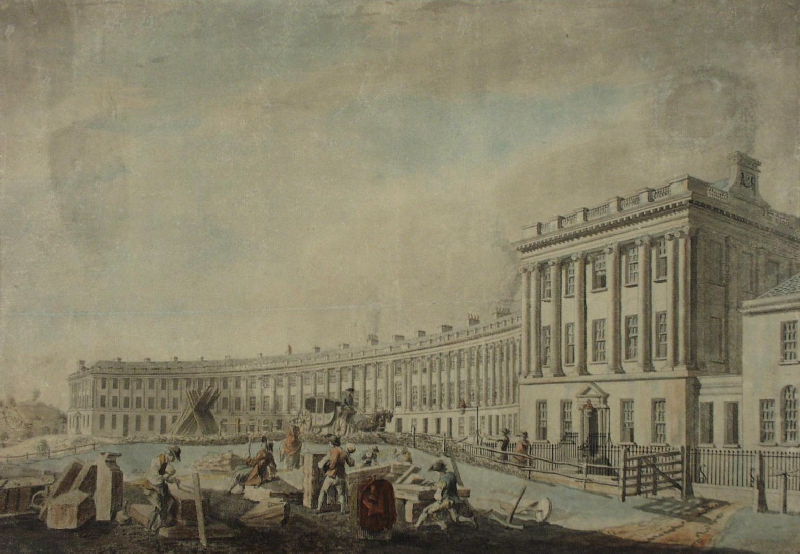
Celebrating 250 years of the Royal Crescent
To celebrate the Royal Crescent's 250th anniversary, over 70 events will be taking place in Bath throughout 2017.
Leading the celebrations is beautiful 5* Royal Crescent Hotel & Spa, who boast a collection of specially curated RC250 packages and experiences including the RC250 tasting menu designed by head chef David Campbell which charts 250 years of local food in a six-course menu paired with Tattinger champagne, soothing spa treatments, thrilling hot air balloon rides over the city and even a specialist run of of RC250 bath gin.

Don’t miss the special Foundation Stone Day Grand Parade on Sunday 21st May 2017, and the “Lives of the Georgians” public event on the lawns in front of the Royal Crescent on Saturday 29th July 2017.
For a full list of events visit: visitbath.co.uk

The Royal Crescent on film
The Bath Film Office promotes and assists film-making in Bath and the north-east. Here are five productions that used the Royal Crescent as a location
1967 Vanity Fair
https://youtu.be/rLNZ7Lzj5aQ?t=9s
Susan Hampshire received an Emmy Award in 1973 for her portrayal of Becky Sharp in this BBC adaptation of William Thackeray’s novel.
1975 Barry Lyndon
Produced, written and directed by Stanley Kubrick, this film is based on the 1844 novel The Luck of Barry Lyndon by William Thackeray.
2006 Persuasion
https://youtu.be/c3L5agZNIJ4
The Jane Austen classic adapted for ITV.
2007 The Duchess
https://youtu.be/yObamgyJp30
Set in the late eighteenth century, The Duchess is based on the life of Georgiana Cavendish (played by Keira Knightley), Duchess of Devonshire.
2009 The Queen
https://youtu.be/zTauMy9mTzQ
Emilia Fox, Samantha Bond, Katie McGrath, Lisa Dillon play the Queen at pivotal times in her life in this Channel 4 production.
Agnes has worked for Country Life in various guises — across print, digital and specialist editorial projects — before finally finding her spiritual home on the Features Desk. A graduate of Central St. Martins College of Art & Design she has worked on luxury titles including GQ and Wallpaper* and has written for Condé Nast Contract Publishing, Horse & Hound, Esquire and The Independent on Sunday. She is currently writing a book about dogs, due to be published by Rizzoli New York in September 2025.
-
 A slick looking off-roader that's a far cry from its rustic rural roots — Volvo EX30 Cross Country
A slick looking off-roader that's a far cry from its rustic rural roots — Volvo EX30 Cross CountryThe latest iteration of Volvo's Cross Country is flashy, fast and stylish. But is that what a Volvo Cross Country is supposed to be?
-
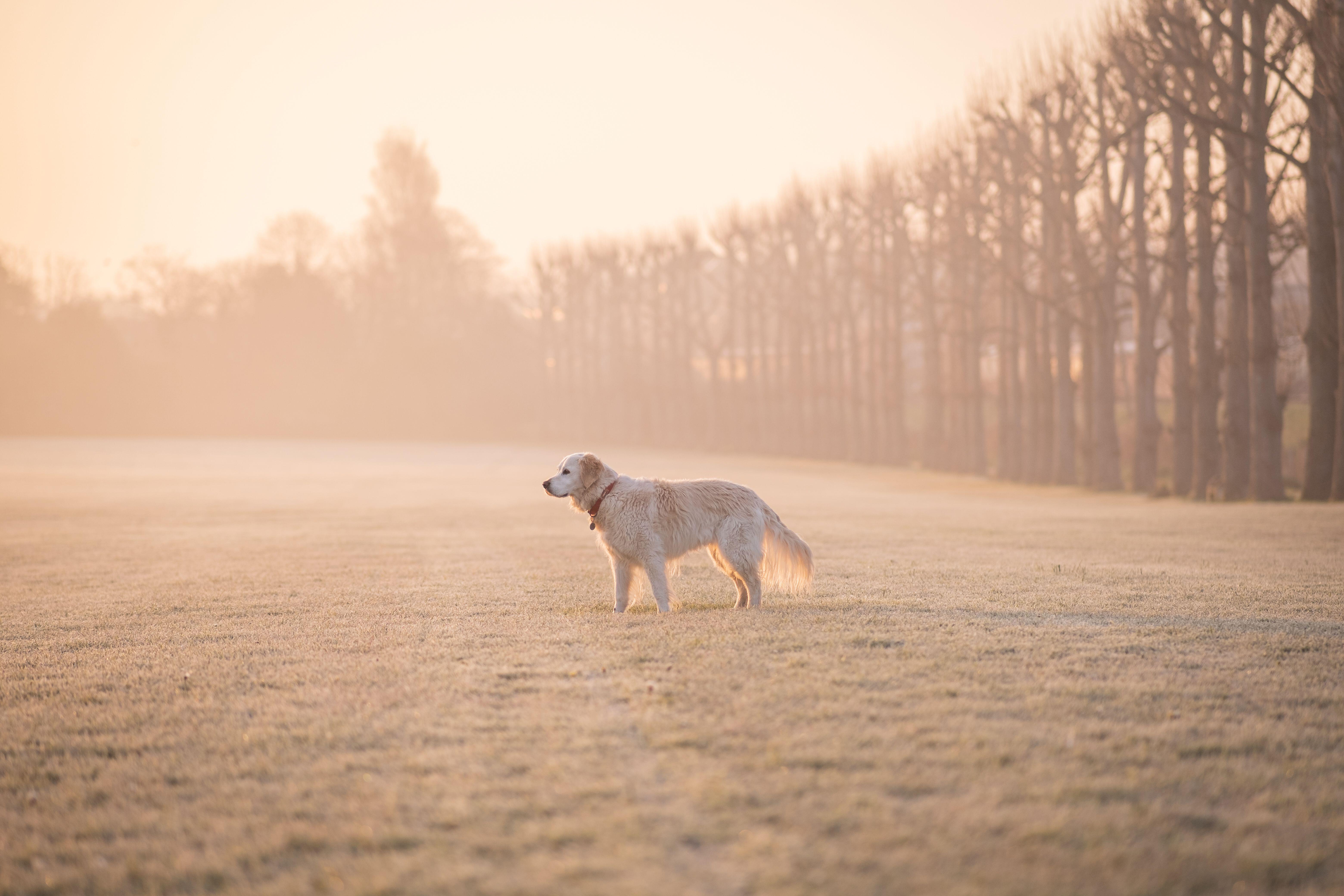 The golden retriever: The world’s most likeable dog almost didn’t exist at all
The golden retriever: The world’s most likeable dog almost didn’t exist at allThey’ve been popping up everywhere this week — on the Tube, at Christmas parties and in the news — so it feels like the perfect moment to talk about the dog breed we’re lucky to have.
-
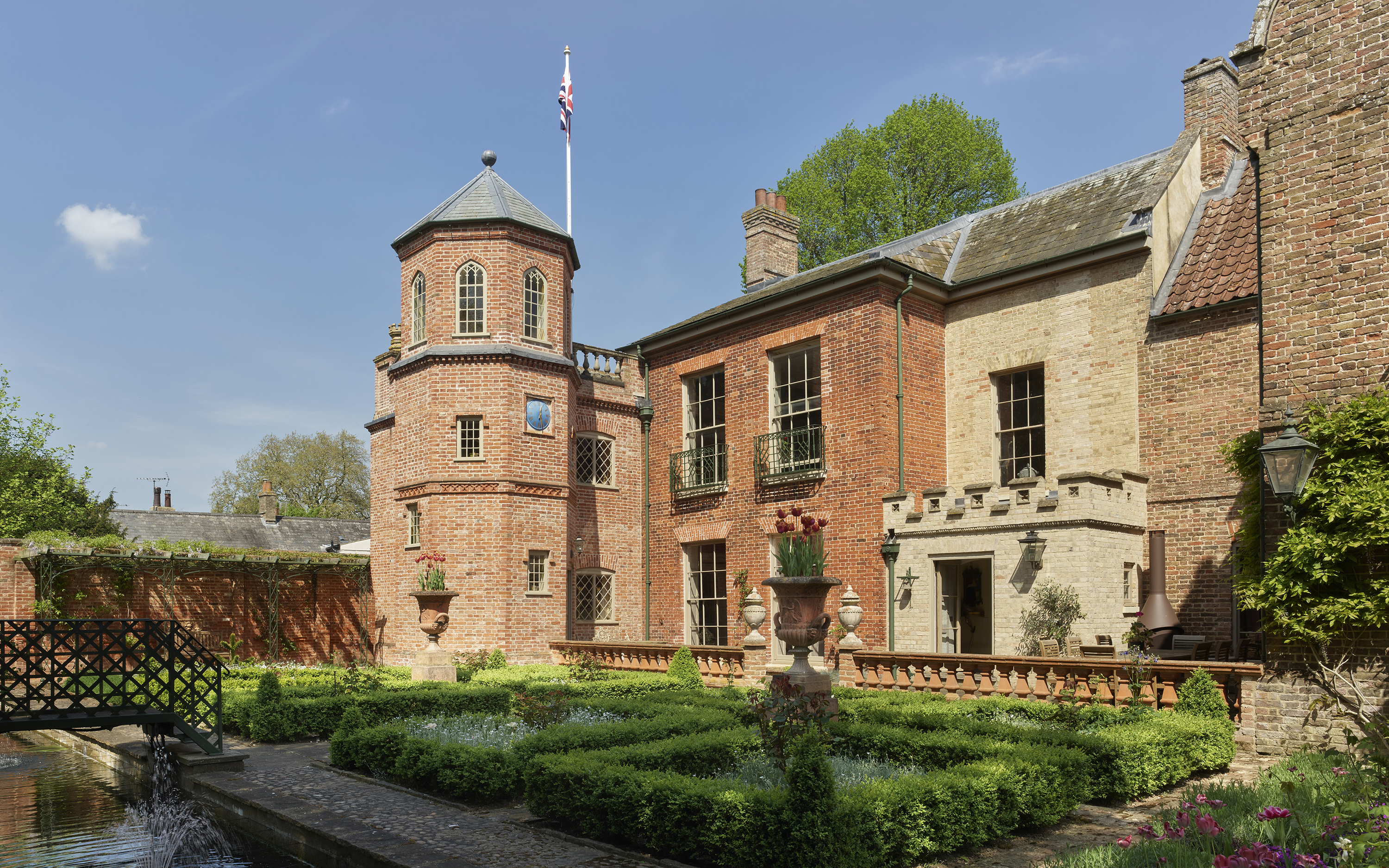 Northwold Manor: 'A place of delight once more after half a century of chaos and neglect'
Northwold Manor: 'A place of delight once more after half a century of chaos and neglect'A heroic restoration project has transformed Northwold Manor in Norfolk — home of Professor Warwick Rodwell and Ms Diane Gibbs — after more than 50 years of being left neglected. It has also illuminated its remarkable history, as John Goodall explains; photography by Paul Highnam for Country Life.
-
 53 years ago, a Wren masterpiece was replaced with a glorified roundabout. We must not make the same mistake again
53 years ago, a Wren masterpiece was replaced with a glorified roundabout. We must not make the same mistake againThe plans to rid Christ Church Newgate Street of traffic should be cause for celebration — but a mistake as bad as the one made in the 1970s is about to happen, says Ptolemy Dean.
-
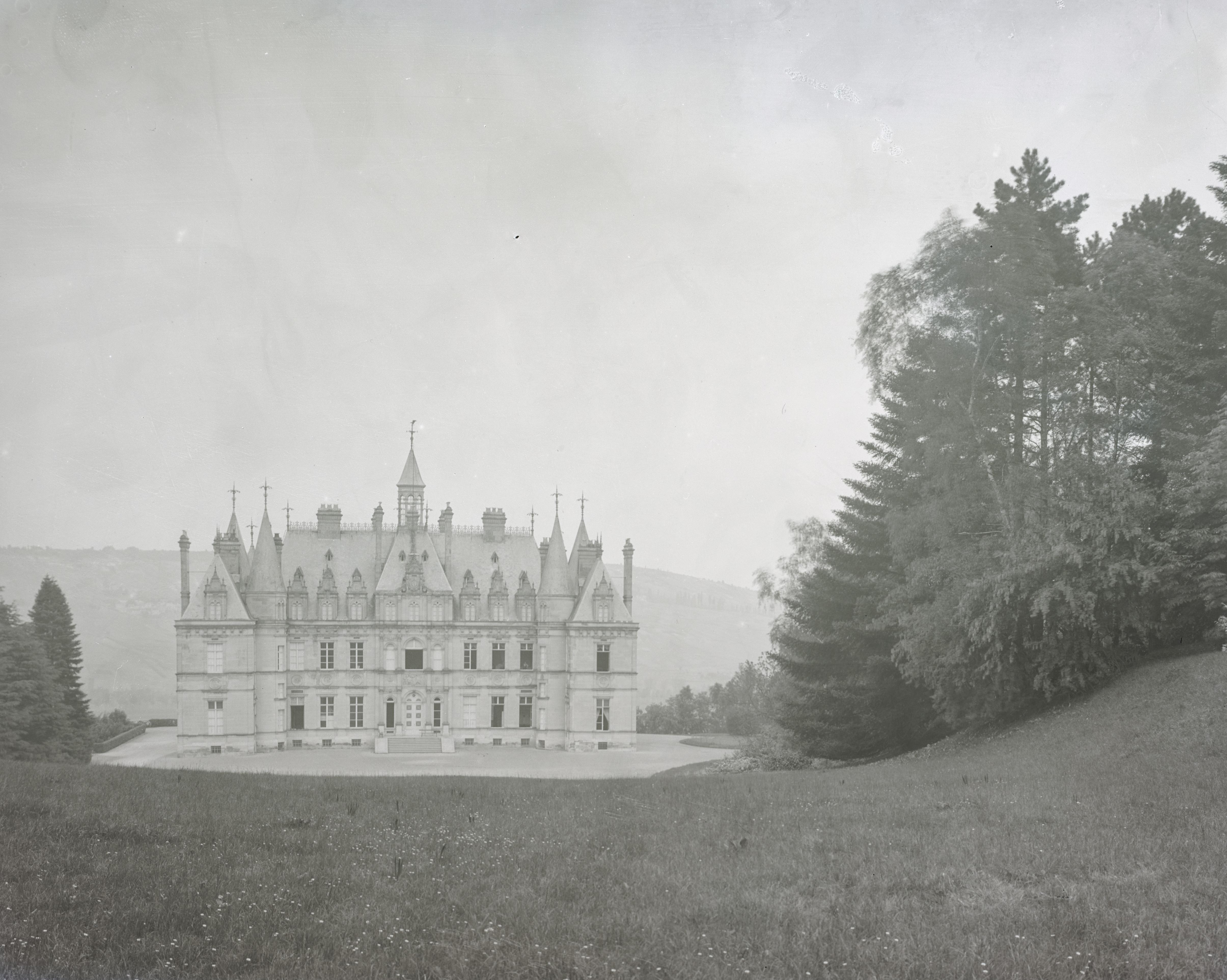 Ten of the most exquisite French châteaux, photographed for Country Life in 1906 and still standing today
Ten of the most exquisite French châteaux, photographed for Country Life in 1906 and still standing todayIn the early 20th century, Country Life commissioned Frederick H. Evans to photograph some of France's châteaux. Here are some of his efforts.
-
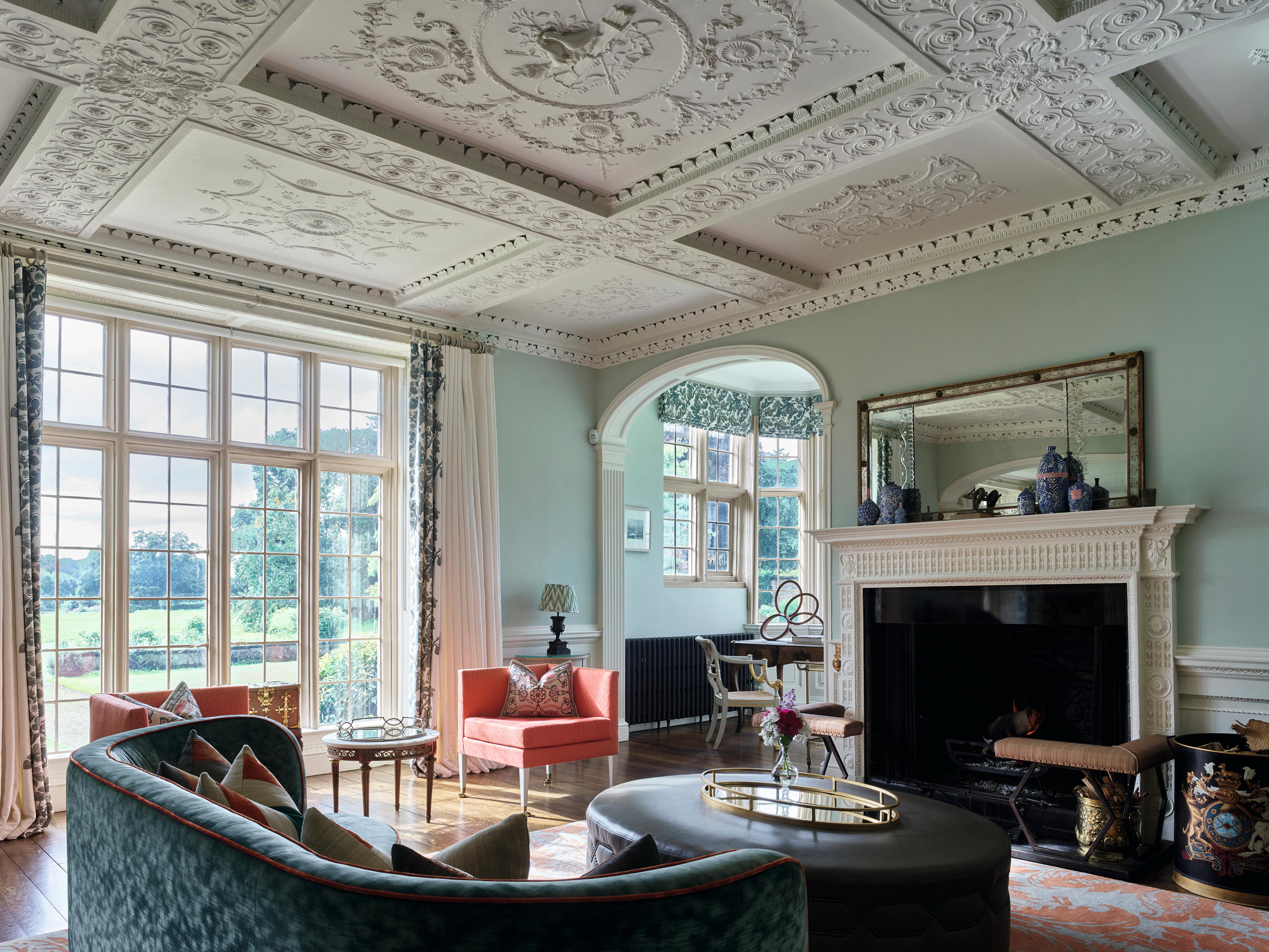 War, ruin and renaissance: Dorfold Hall's 400-year journey through the ages
War, ruin and renaissance: Dorfold Hall's 400-year journey through the agesJohn Goodall describes the antiquarian rediscovery of Dorfold Hall, Cheshire — home of Charles and Dr Candice Roundell — and the recent spectacular renewal of this important Jacobean house. Photographs by Paul Highnam for the Country Life Photo Library.
-
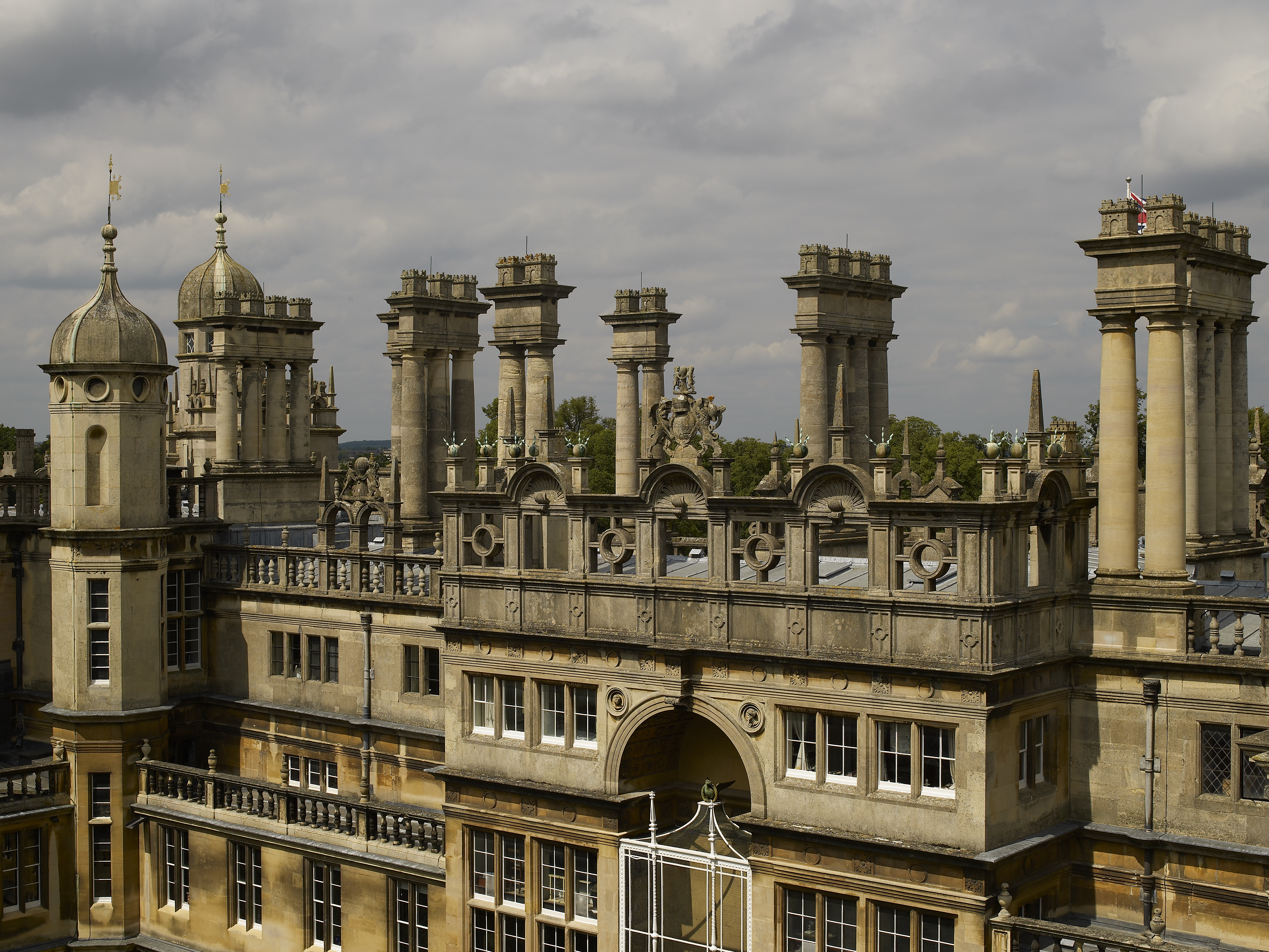 All fired up: 12 of our favourite chimneys, from grand architectural statements to modest brick stacks, as seen in Country Life
All fired up: 12 of our favourite chimneys, from grand architectural statements to modest brick stacks, as seen in Country LifeNothing says winter like a roaring fire, and plenty of the houses that we've photographed for the magazine's architectural places have fireplaces and chimneys worth boasting about.
-
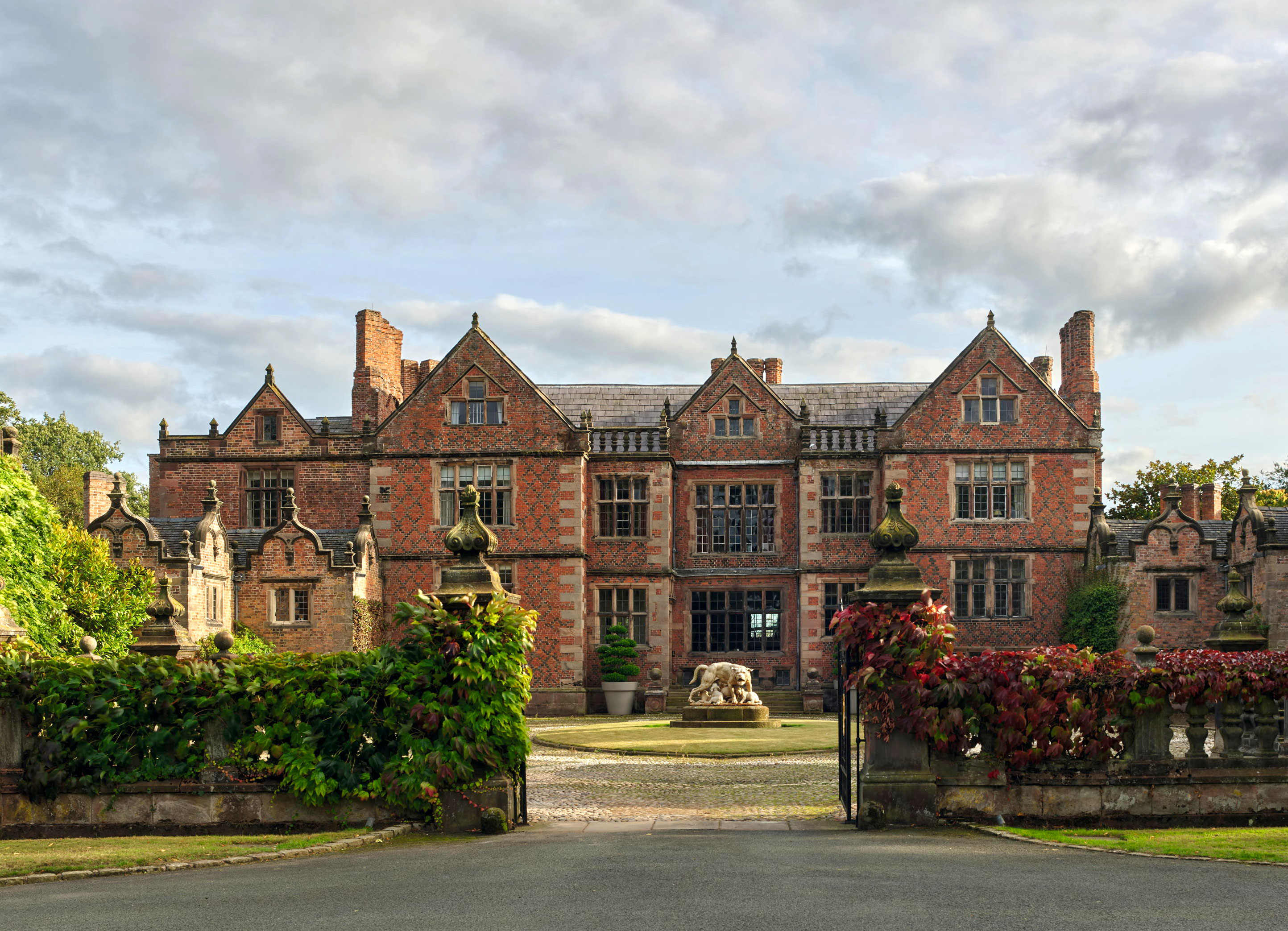 Dorfold Hall: The 'most neat and beautiful house of brick' that owes its existence to a desperate effort to secure succession
Dorfold Hall: The 'most neat and beautiful house of brick' that owes its existence to a desperate effort to secure successionDorfold Hall in Cheshire is an outstanding Jacobean house, but was an unexpected product of dynastic disappointment. John Goodall examines the remarkable circumstances of its construction; photographs by Paul Highnam for Country Life.
-
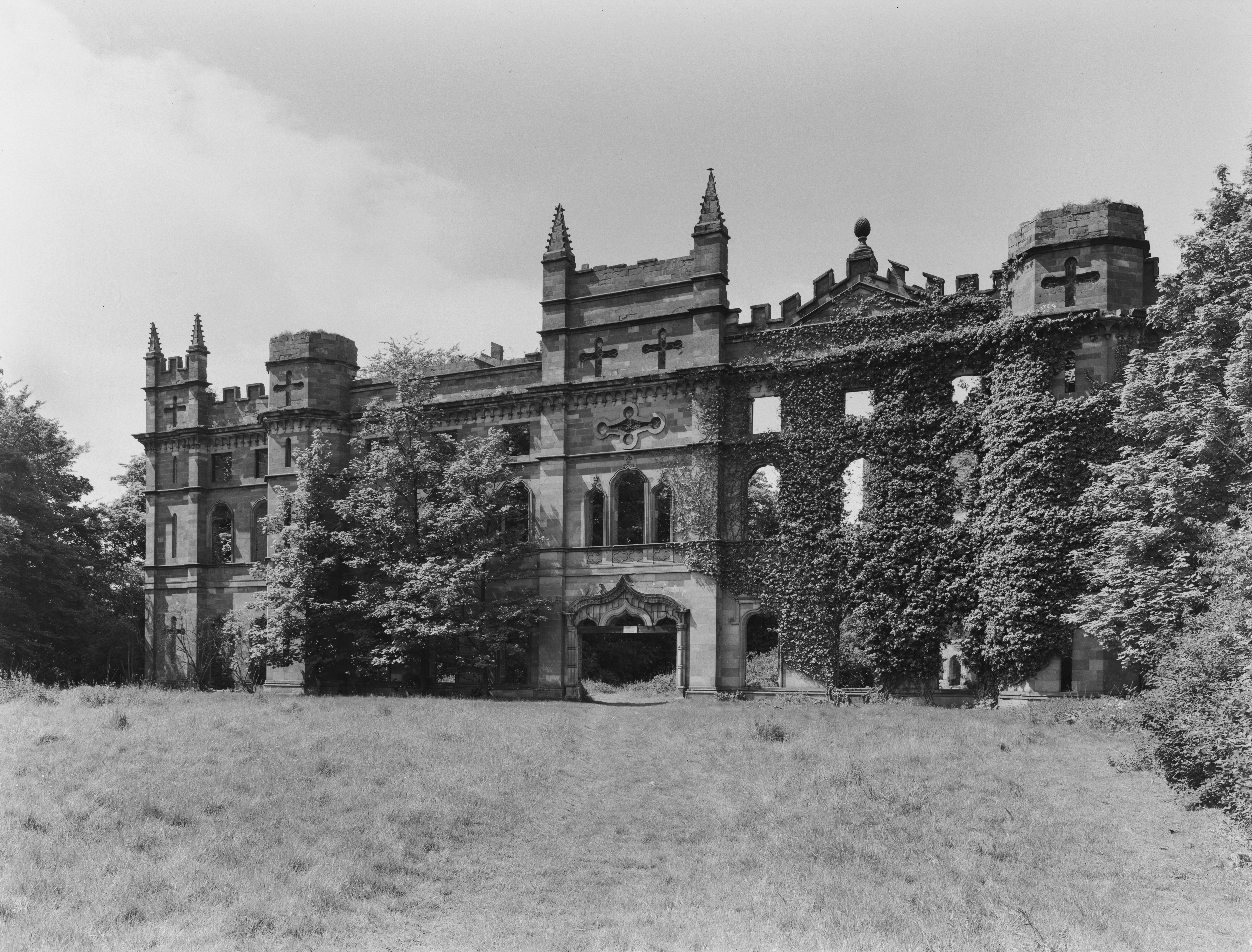 Only a handful of Britain's great houses were photographed by Country Life in a ruinous state. This once splendid Gothic castle is one of them
Only a handful of Britain's great houses were photographed by Country Life in a ruinous state. This once splendid Gothic castle is one of themThis is the tragic tale of Tong Castle, a once great Georgian-Gothic castle that was eventually consumed by Nature.
-
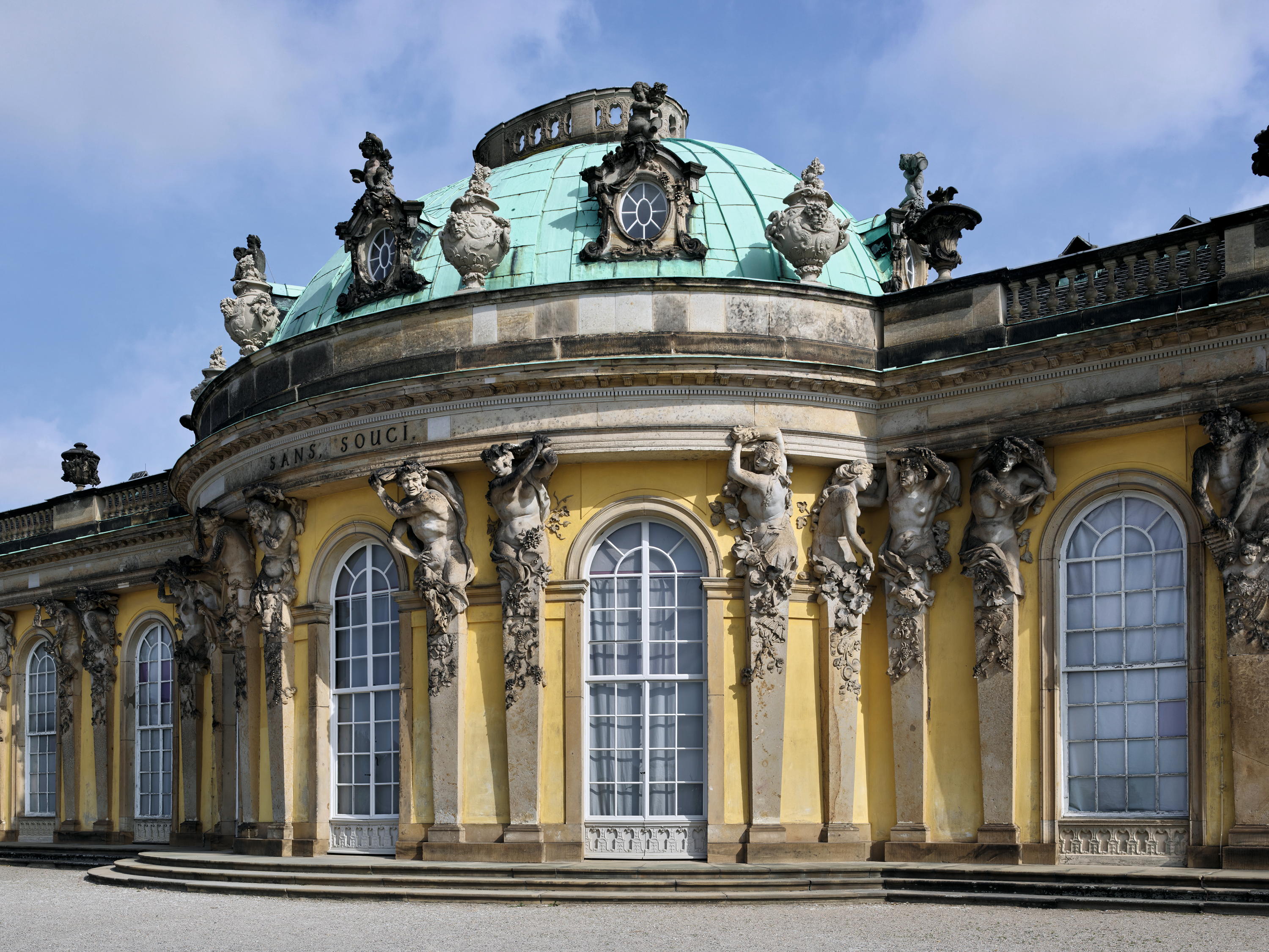 The Rococo jewel nestled into vineyard terraces that's a visual index of 'a king’s Enlightenment belief in knowledge, cultivation and the civilising power of Nature'
The Rococo jewel nestled into vineyard terraces that's a visual index of 'a king’s Enlightenment belief in knowledge, cultivation and the civilising power of Nature'A summer picnic in 1743 prompted Frederick the Great to create a retreat for himself outside his capital at Berlin. The result was the creation of Schloss Sanssouci in Brandenburg, as Aoife Caitríona Lau explains.

